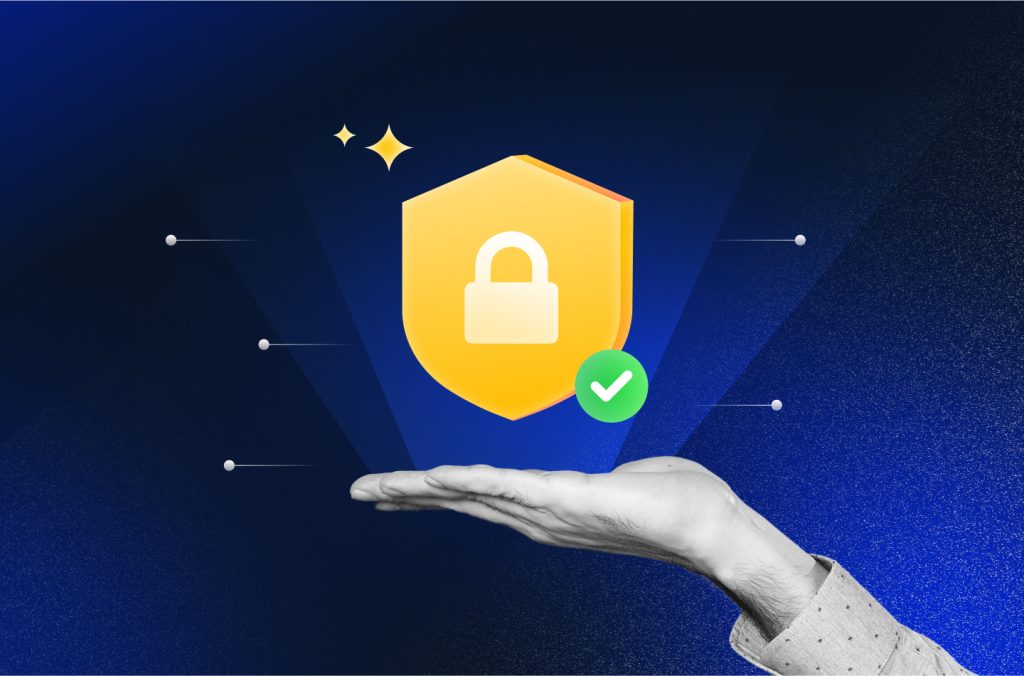
- ISO/IEC 27002:2022 provides a reference set of 93 generic information security controls structured across organizational, people, physical, and technological themes, with detailed implementation guidance.
- The standard is advisory, aiding organizations in mitigating risks to information confidentiality, integrity, and availability, and is often used alongside ISO/IEC 27001 to establish an Information Security Management System (ISMS).
- While comprehensive, the standard has evolved toward a more IT-centric focus, raising concerns about its balance between addressing broader information risks and emphasizing cybersecurity.
ISO/IEC 27002:2022 is a widely recognized international standard that outlines best practices for implementing information security controls. It supports organizations in mitigating risks to information assets, whether physical, digital, or intellectual. The standard’s 93 controls are categorized into organizational, people, physical, and technological domains, with additional tagging attributes to facilitate grouping by security properties, cybersecurity concepts, operational capabilities, and security domains. This structured approach enables organizations to tailor controls based on specific risks and operational needs.
As an advisory document rather than a formal specification, ISO/IEC 27002 is intended to complement ISO/IEC 27001 by providing detailed control recommendations for organizations building an ISMS. However, it emphasizes the importance of a tailored, risk-based approach to selecting and implementing controls, ensuring they align with the organization’s unique risk profile and security objectives.
The standard’s evolution has brought notable changes, such as fewer controls compared to previous editions, reflecting updates, merging, and refinements. While these changes enhance usability, some critics note a shift toward a more cybersecurity-focused perspective, which may overlook broader information risks. Concerns about the standard’s prescriptive tone and the dilution of risk-based objectives highlight the need for organizations to interpret and adapt controls thoughtfully, focusing on their specific risk environments and business contexts.
ISO/IEC 27002 is an invaluable tool for organizations implementing robust information security controls. Still, its practical use requires a clear understanding of its purpose, a focus on tailoring controls to specific risks, and a balanced approach to integrating information and cybersecurity measures.


Leave a Reply
You must be logged in to post a comment.